Contents
- Early History
- Colonial History
- Early Institutions
- Vidyagraha School
- Post-Independence Era and Contemporary Educational Infrastructure
- Primary & Secondary Education
- Institutions of Higher Learning
- Amolakchand Mahavidyalaya
- Shri Vasantrao Naik Government Medical College
- Government College of Engineering
- Prominent Figures & Organizations
- Jawaharlal Darda Education Society
- Graphs
- Enrollment and Dropout Rate
- A. Student Enrollment Numbers
- B. Student Enrollment (Class-Wise)
- C. Student Enrollment (Gender-Wise)
- D. Student Enrollment (By School Management Type)
- E. Drop Out Rate (By Schooling Level)
- F. Drop Out Rate (By Gender)
- Schools
- A. No. of Schools
- B. No. of Schools (Filtered by Gender Mix)
- C. No. of Schools (By School Management Type)
- Teachers
- A. No. of Teachers
- B. No. of Teachers (By School Management Type)
- C. No. of Teachers (Male vs Female)
- D. Education Level of Teachers
- Sources
YAVATMAL
Education
Last updated on 28 July 2025. Help us improve the information on this page by clicking on suggest edits or writing to us.
The educational framework of Yavatmal aligns with the broader structure of the Indian education system, encompassing pre-primary, primary, secondary, and higher education. By the 19th century, the introduction of the Western education framework in the district changed its educational landscape. British administrators and missionaries became actively involved in shaping education in the region and the Education Department here was established in 1866.
Still, even as colonial influences grew, the early 20th century saw a wave of local initiatives; its existence indicated an increasing public awareness regarding the importance of education. Local communities took charge of education, a movement that carried into the post-independence era, shaping the district’s educational landscape in lasting ways.
Early History
Little is known about the early educational history of Yavatmal, however, this does not imply that education was completely absent in the district. According to the Yavatmal Gazetteer (1974), education was primarily community-based and religious in the earlier times, with a few elementary schools maintained by local communities. This indicates that some systems of education did exist then.
Colonial History
The development of education in Yavatmal during the colonial period was shaped by a combination of administrative reforms, missionary activity, and local initiatives. Yavatmal was part of the Berar region, where the Education Department was formally established in 1866. Among the early institutions present in the district were the schools run by the American Free Methodist Mission at Yeotmal, which offered technical training in carpentry, gardening, and bicycle repair.
Interestingly, while entities from the West played a significant role in shaping the educational landscape of Ahilyanagar, local figures and organizations also emerged as key contributors. Many of them established institutions that continue to shape education in the district today, alongside community-led organizations that have played a lasting role in its development.
Early Institutions
Vidyagraha School
Established in 1905 at the Vithoba Mandir in Yeotmal, the Vidyagraha School is noted in the district Gazetteer (1974) as a significant local initiative. Founded by individuals aligned with the Swadeshi movement, the school offered instruction in English and manual training. It drew a considerable number of students and reflected early efforts to promote education and self-reliance independent of colonial control.
Post-Independence Era and Contemporary Educational Infrastructure
Following India's independence, the education system in Yavatmal underwent major transformations. The introduction of structured education levels—pre-primary, primary, secondary, and higher education and the implementation of National Education Policies heavily shaped the educational landscape of the district. Over the years, the education sector developed with contributions from both government-funded institutions and private organizations. Additionally, Educational boards were also introduced, each offering distinct curricula and standards, providing students with more choices.
Primary & Secondary Education
During the colonial period, both public and private efforts in education primarily focused on primary and secondary schooling, as indicated by data from district gazetteers across Maharashtra. Higher education remained underdeveloped in most districts, including Yavatmal, with gradual improvements over time. While basic infrastructure for primary and secondary education existed, its expansion was closely tied to increasing enrollment and greater involvement of local figures.
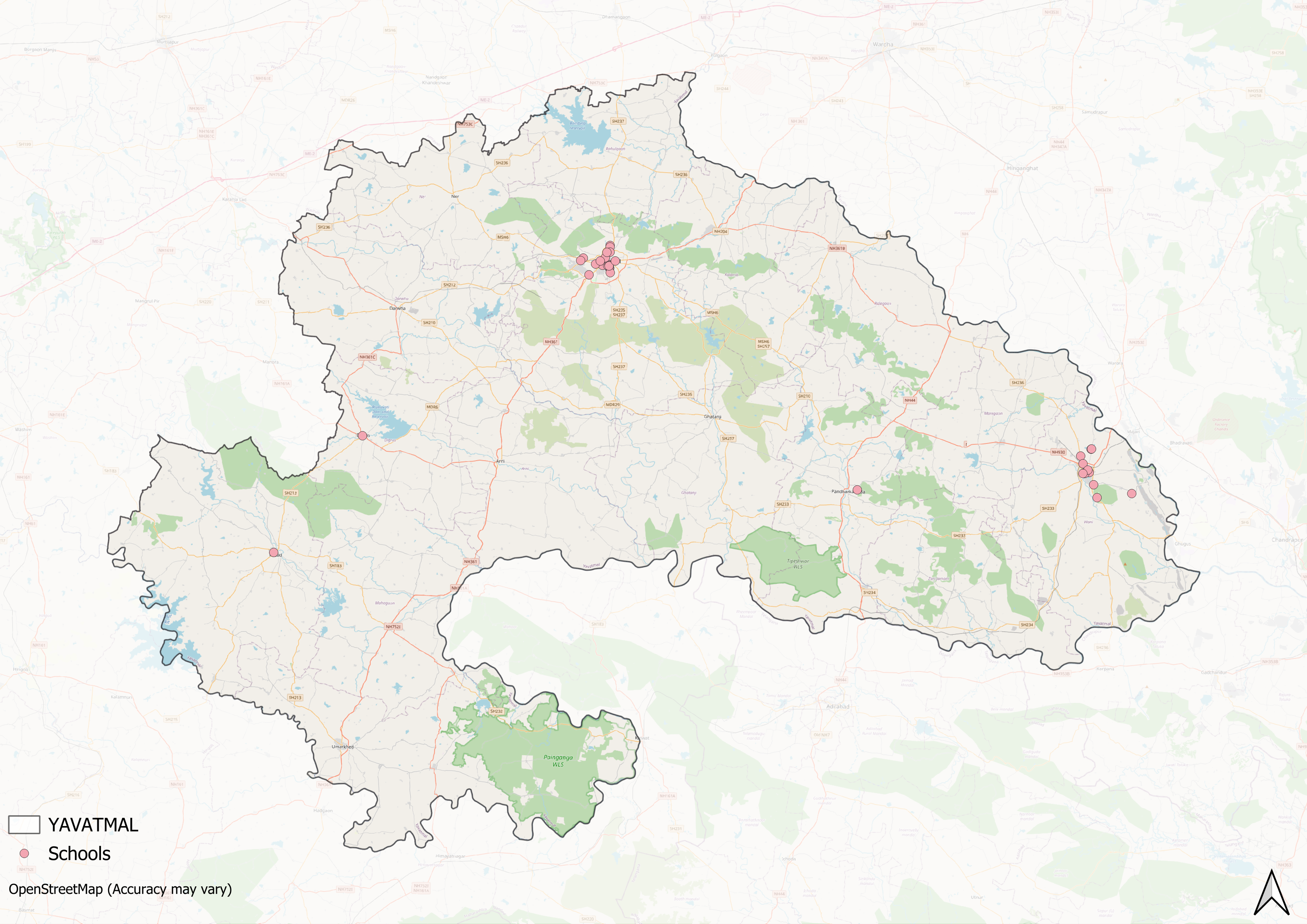
Today, this expansion is evident in the widespread presence of schools across various wards of Yavatmal, with available data reflecting the steady growth of educational institutions in both urban and rural parts of the district.
Institutions of Higher Learning
Perhaps one of the most notable changes in Yavatmal’s educational landscape is tied to the establishment of higher education institutions. While primary and secondary schooling expanded steadily, opportunities for advanced education remained limited for much of the district’s history. Over time, local leaders and organizations played a crucial role in addressing this gap, leading to the creation of several colleges. As a result, many institutions in the district today are privately managed, semi-private, or autonomous.
Amolakchand Mahavidyalaya
Established in 1956 by Vidya Prasarak Mandal, Amolakchand Mahavidyalaya is among the oldest institutions of higher education in the district. Spread across a 39-acre campus, the college is affiliated with Sant Gadge Baba Amravati University.
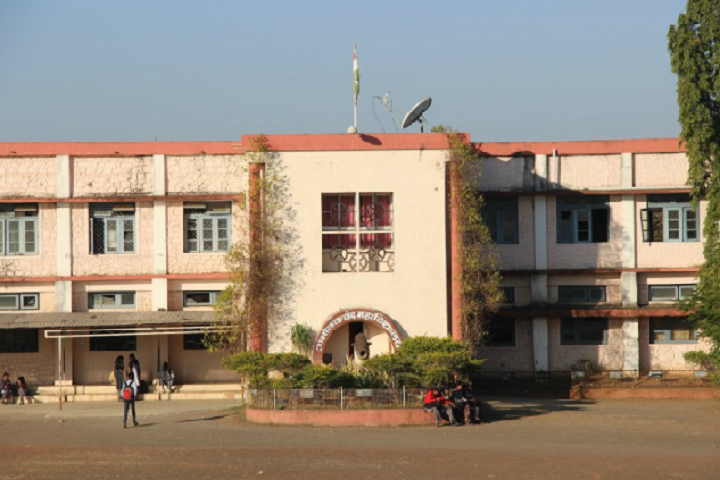
Notably, the foundation stone of the building was laid by Pandit Jawaharlal Nehru, the first Prime Minister of India, and Yashwantrao Chavan, the first Chief Minister of Maharashtra, which hints at its importance in the region’s educational history..
Shri Vasantrao Naik Government Medical College
Shri Vasantrao Naik Government Medical College was established in the late 1980s to meet the healthcare and medical education needs of the Vidarbha region. The college was founded through the combined efforts of the late Sudhakarraoji Naik and then Health Minister Jawaharlalji Darda. It remains a key institution for medical training in eastern Maharashtra.
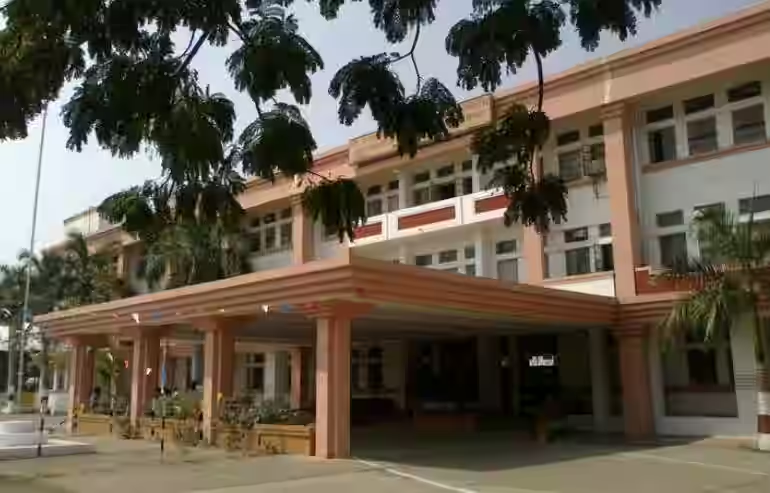
Government College of Engineering
Established in 2018, the Government College of Engineering in Yavatmal occupies a sprawling 40-acre campus. The college was created to provide technical education to rural students.
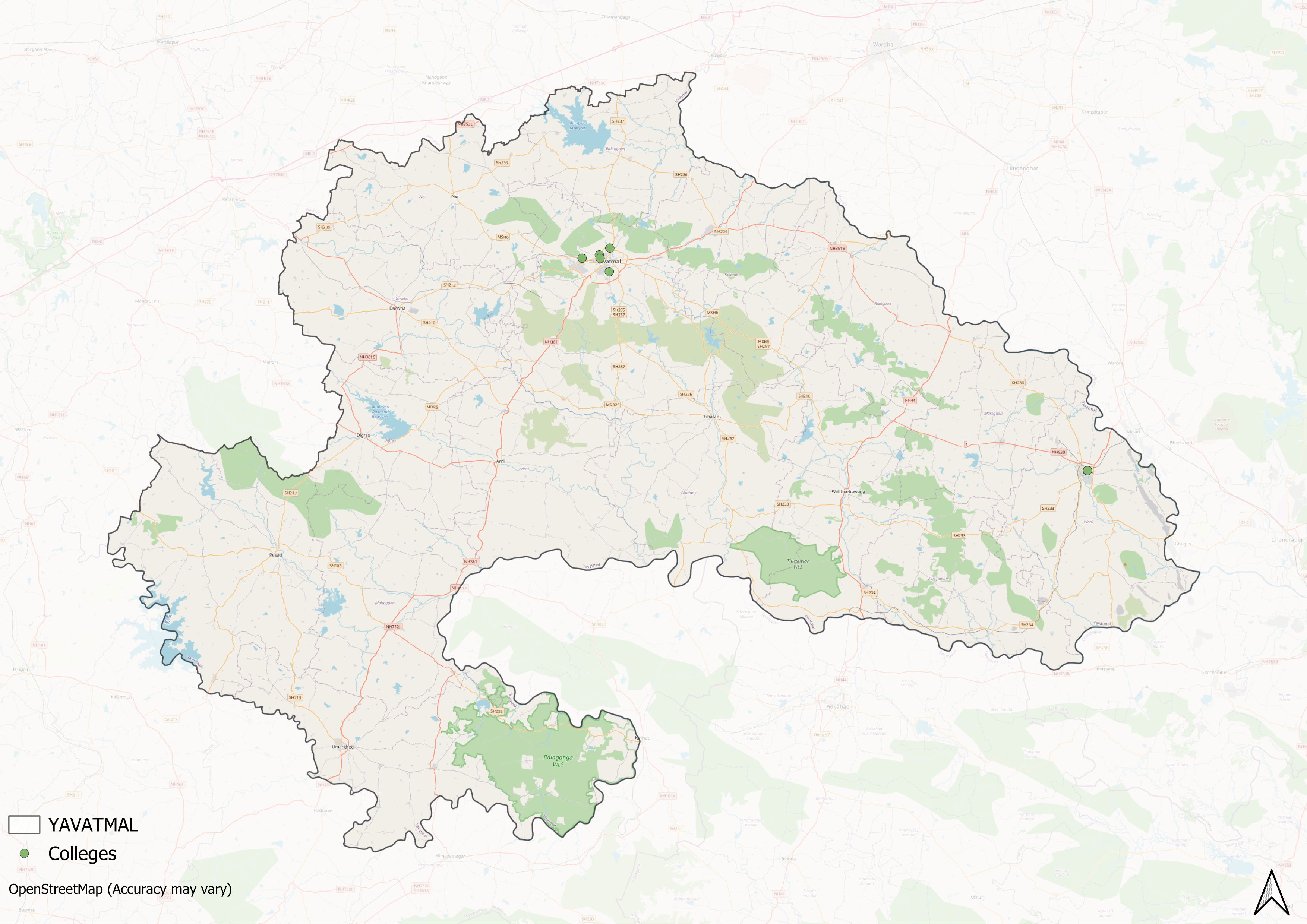
In addition to these institutions, a number of centres for higher education operate throughout the district, which offer programmes across various disciplines. While the landscape of higher education has broadened significantly since independence, disparities in access, particularly along geographic lines, remain evident.
Prominent Figures & Organizations
Jawaharlal Darda Education Society
Shri Jawaharlal Darda Education Society (JDES) is an educational organization based in Yavatmal, Maharashtra, India. Established in 1991, the society was founded under the leadership of Dr. Vijay Darda, the Founder President of JDES, Chairman of Lokmat Media Group, and a Member of Parliament in the Rajya Sabha from 1998 to 2016. The society is named in honor of Late Jawaharlal Darda, also known as “Babuji,” who was a notable freedom fighter, statesman, and editor.
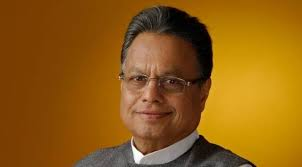
The primary aim of JDES is to advance education and knowledge across various disciplines, including Engineering, Agriculture, Horticulture, Science, Commerce, Arts, Sports, Fine Arts, and Computers. The society focuses on enhancing accessibility to primary, secondary, and higher education through the establishment and operation of educational institutions within the district.
Founded in 1996, JDIET is a prominent institution specializing in engineering education and is among the oldest colleges in the region to offer such programs.
Graphs
Enrollment and Dropout Rate
Schools
Teachers
Sources
Amolakchand Mahavidyalaya. “About the College.”Amolakchand Mahavidyalaya.Yavatmal. Accessed March 17, 2025.
Government College of Engineering, Yavatmal. n.d. “About the Institute.”GCOEY.Accessed March 17, 2025.https://gcoey.ac.in/?page=MzAy&name=Abouthttps://gcoey.ac.in/?page=MzAy&name=About
https://www.amolakchandmahavidyalaya.ac.in/aboutcollege.php
https://www.jdiet.ac.in/About_Institute.php
https://www.vngmcytl.ac.in/institute/about
Jawaharlal Darda Institute of Engineering & Technology. n.d. “About JDES.”JDIET.Accessed March 17, 2025.https://www.jdiet.ac.in/About_JDES.phphttps://www.jdiet.ac.in/About_JDES.php
Jawaharlal Darda Institute of Engineering & Technology. n.d. “About the Institute.”JDIET.Accessed March 17, 2025.
Maharashtra State Gazetteers. 1974.Yeotmal District.Gazetteer Department, Government of Maharashtra, Bombay.
Vasantrao Naik Government Medical College. n.d. “About the Institute.”VNGMC Yavatmal.Accessed March 17, 2025.
Last updated on 28 July 2025. Help us improve the information on this page by clicking on suggest edits or writing to us.